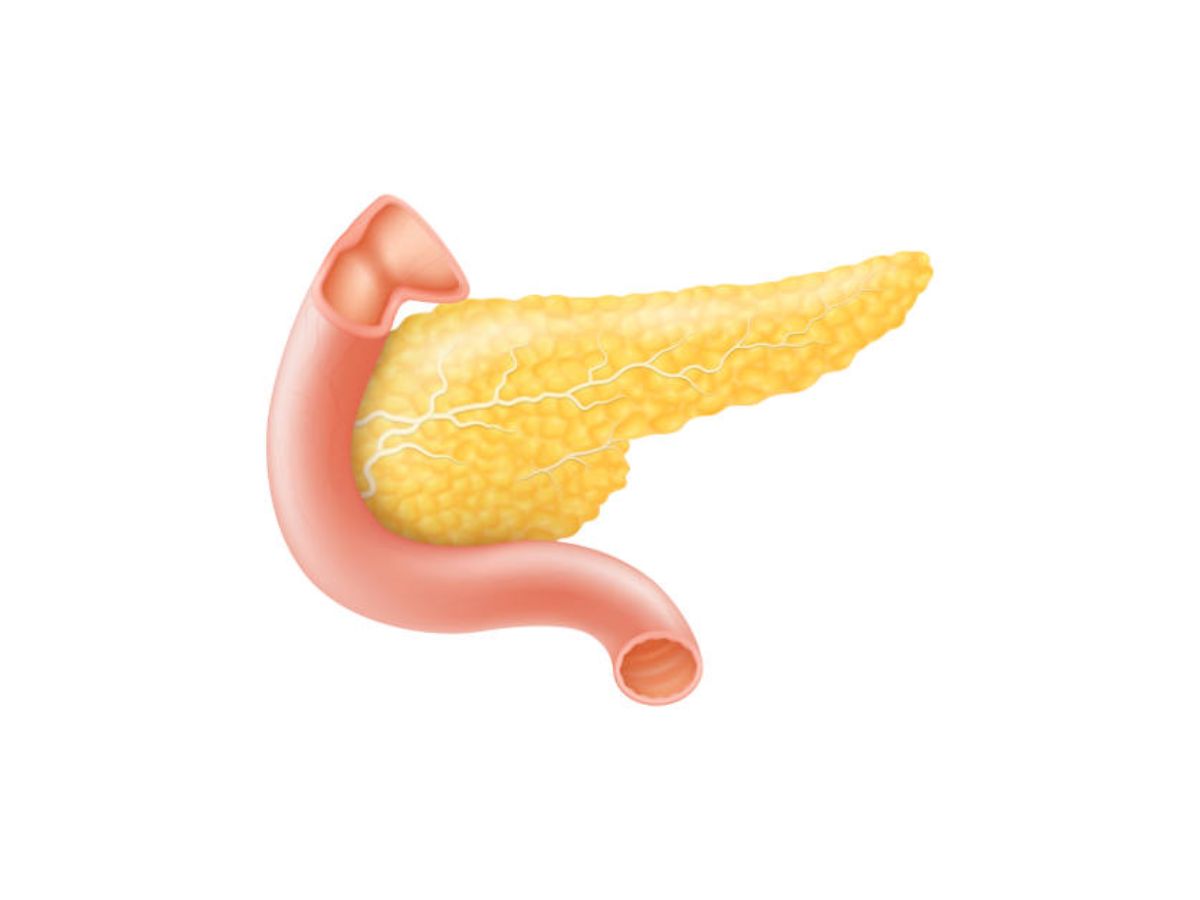
What is an accessory pancreas? An accessory pancreas is a small, extra piece of pancreatic tissue that can be found in various parts of the digestive system. This tissue is separate from the main pancreas and can appear in locations like the stomach, duodenum, or even the small intestine. While it usually doesn’t cause any symptoms, sometimes it can lead to complications like inflammation or blockages. Accessory pancreas tissue functions similarly to the main pancreas, producing digestive enzymes and hormones. Understanding this condition can help in diagnosing unexplained digestive issues and ensuring proper treatment.
What is an Accessory Pancreas?
An accessory pancreas is a rare condition where a small piece of pancreatic tissue is found outside the main pancreas. This tissue can function just like the main pancreas, producing enzymes and hormones. Here are some fascinating facts about this unusual condition.
How Common is an Accessory Pancreas?
Understanding the prevalence of an accessory pancreas can help grasp its rarity and significance.
- Rare Occurrence: Only about 1-2% of the population has an accessory pancreas.
- Often Undiagnosed: Many people with this condition never know they have it because it often causes no symptoms.
- Incidental Finding: Accessory pancreas is usually discovered accidentally during surgeries or imaging tests for other conditions.
Locations of Accessory Pancreas
The accessory pancreas can be found in various parts of the body, not just near the main pancreas.
- Stomach: Sometimes, the tissue is located in the stomach lining.
- Duodenum: The first part of the small intestine is another common site.
- Jejunum: This middle section of the small intestine can also host accessory pancreatic tissue.
- Meckel's Diverticulum: A small pouch in the intestine, known as Meckel's diverticulum, can contain this tissue.
Symptoms and Complications
While often asymptomatic, an accessory pancreas can sometimes cause issues.
- Abdominal Pain: Some people may experience pain in the abdomen.
- Nausea and Vomiting: Digestive disturbances like nausea and vomiting can occur.
- Obstruction: In rare cases, the tissue can cause an intestinal blockage.
- Ulcers: The tissue can lead to ulcer formation in the stomach or intestines.
Diagnosis of Accessory Pancreas
Diagnosing this condition involves various medical techniques.
- Imaging Tests: CT scans and MRIs can help identify the tissue.
- Endoscopy: A camera inserted into the digestive tract can reveal the presence of accessory pancreatic tissue.
- Biopsy: Taking a small tissue sample can confirm the diagnosis.
Treatment Options
Treatment depends on the symptoms and complications caused by the accessory pancreas.
- Observation: If asymptomatic, no treatment is necessary.
- Medication: Pain and digestive issues can be managed with medication.
- Surgery: In severe cases, surgical removal of the tissue may be required.
Interesting Facts
Here are some additional intriguing aspects of the accessory pancreas.
- Historical Discovery: The condition was first described in medical literature in the 18th century.
- Genetic Factors: Some studies suggest a genetic predisposition to developing an accessory pancreas.
- Research Ongoing: Scientists continue to study this condition to understand its causes and effects better.
The Final Fact
Accessory pancreas, a rare anatomical anomaly, often goes unnoticed due to its asymptomatic nature. Found in about 1-2% of the population, this extra pancreatic tissue can be located in various parts of the digestive system. While usually harmless, it can sometimes cause complications like inflammation or obstruction.
Understanding this condition helps in diagnosing unexplained abdominal pain or digestive issues. Medical imaging techniques like CT scans and MRIs play a crucial role in identifying accessory pancreas. Treatment varies from monitoring to surgical removal, depending on symptoms and complications.
Awareness of accessory pancreas is essential for both healthcare professionals and patients. It highlights the importance of thorough medical evaluations and the role of advanced imaging in modern medicine. So, next time you hear about an accessory pancreas, you'll know it's more than just an extra piece—it's a fascinating part of human anatomy.
Was this page helpful?
Our commitment to delivering trustworthy and engaging content is at the heart of what we do. Each fact on our site is contributed by real users like you, bringing a wealth of diverse insights and information. To ensure the highest standards of accuracy and reliability, our dedicated editors meticulously review each submission. This process guarantees that the facts we share are not only fascinating but also credible. Trust in our commitment to quality and authenticity as you explore and learn with us.


